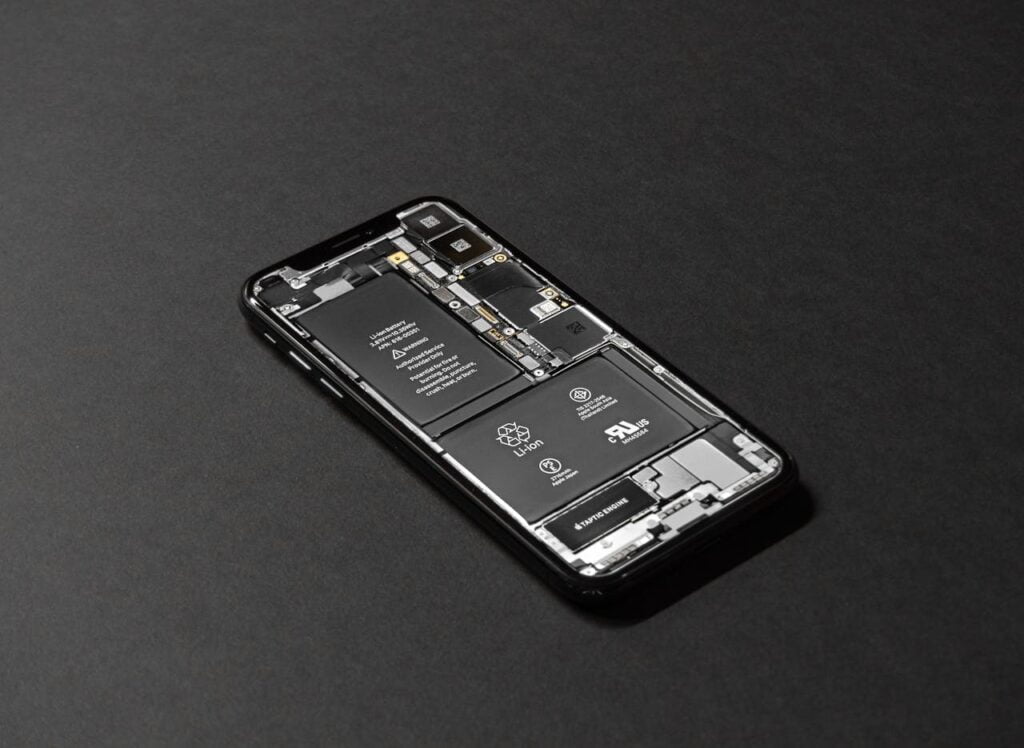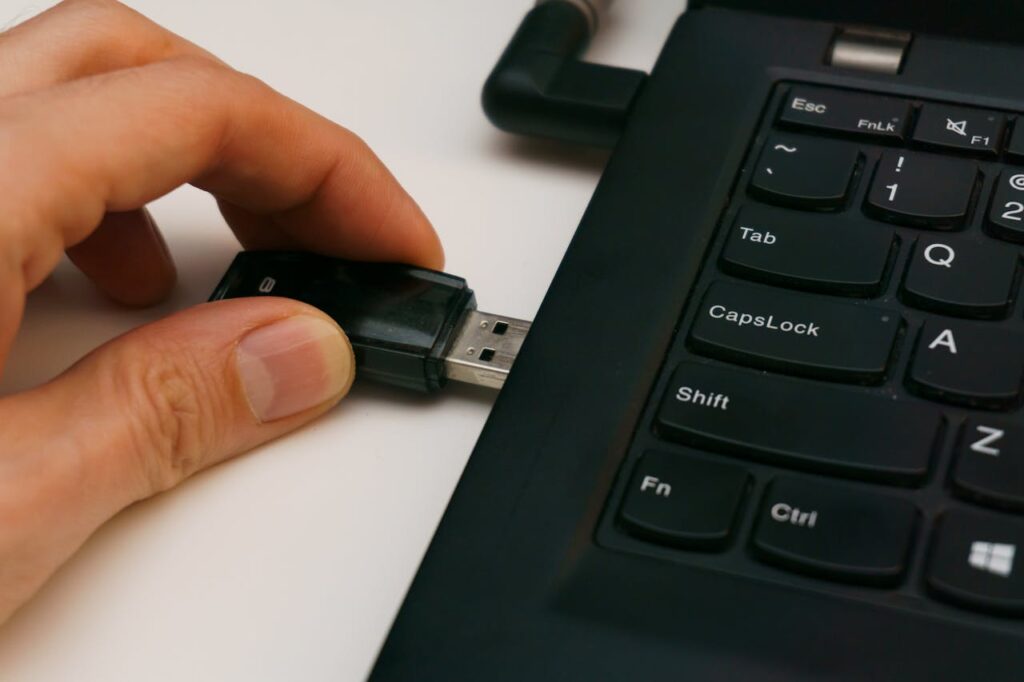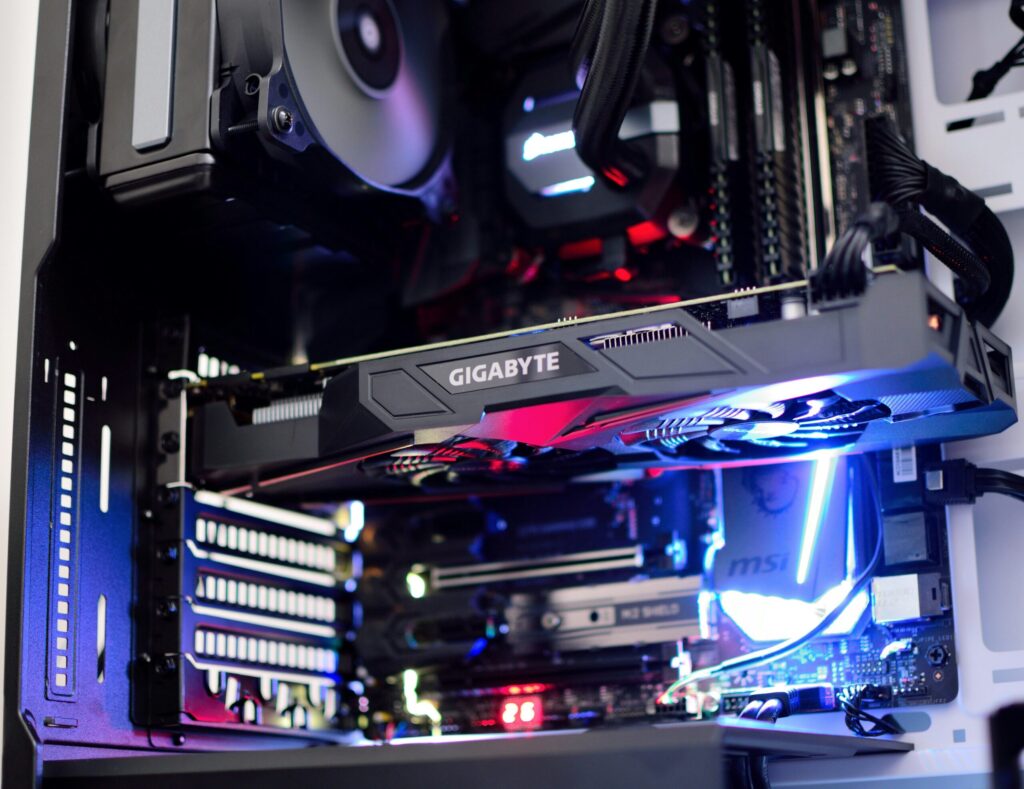Understanding Smartphone Battery Basics

The foundation of extending your smartphone’s battery life lies in understanding its battery basics. Modern smartphones predominantly use lithium-ion (Li-ion) batteries due to their high energy density and long lifecycle. These batteries store electrical energy within lithium compounds, releasing it as needed to power the device.
One crucial concept is the battery cycle. A battery cycle occurs when a battery is charged from 0% to 100% and then discharged back to 0%. With each cycle, a slight wear and tear happen to the internal components, leading to gradual degradation. Typical lithium-ion batteries are designed to retain about 80% of their original capacity after around 500 cycles, but actual performance can vary based on usage patterns.
Battery capacity, measured in milliamp-hours (mAh), indicates the amount of energy a battery can store. Over time, the capacity decreases due to chemical aging, which is a natural process that affects all batteries. This results in shorter battery life between charges, as the battery can no longer hold as much power as when it was new.
Several factors contribute to battery wear. High temperatures, both from the environment and the device itself, can accelerate degradation. Regularly allowing the battery to deplete to low levels and then fully charging it can also hasten wear. Furthermore, using intensive applications and features like GPS, gaming, and high screen brightness can strain the battery, leading to faster depletion.
Understanding battery health metrics is vital for managing battery life. Most modern smartphones provide built-in tools to check the battery’s health and capacity. For example, iOS devices offer “Battery Health” in settings, showing maximum capacity and peak performance capability. Similarly, Android devices may have specific settings or third-party apps like AccuBattery to monitor battery status.
These tools can provide insights into battery performance and assist in making informed decisions on when to replace the battery or adjust usage patterns to extend its life. By grasping these fundamentals, users can better appreciate the intricacies of battery management and take proactive steps to maintain optimal battery health.
Optimizing Battery Usage Settings
Efficient battery management can significantly extend your smartphone’s battery life. One of the most fundamental steps is adjusting your screen brightness. Both iOS and Android devices offer settings to reduce brightness manually or use adaptive brightness, which adjusts automatically based on your environment. Lowering brightness levels can substantially decrease battery consumption.
Additionally, utilizing adaptive battery settings can help manage how your device allocates power to apps. On Android devices, this feature limits battery usage for apps you don’t use as often. For iPhone users, turning on the Optimized Battery Charging feature helps to reduce battery aging.
Enabling dark mode can also conserve battery life, particularly on OLED screens where displaying darker pixels uses less power. Both Android and iOS allow users to switch to dark mode through their display settings, which can often be scheduled to automatically engage at night.
Background activity by apps is another significant drain on your battery. Both operating systems provide options to limit background refresh. On iOS, navigate to Settings > General > Background App Refresh and select the apps you wish to limit. On Android, you can find similar controls in Settings > Battery > Battery Usage, and setting restrictions per app can conserve power.
Turning off non-essential notifications helps not only with reducing distractions but also with saving energy. Review your app notifications by going to Settings > Notifications on iOS or Settings > Apps & Notifications on Android, and disable those that are not critical for daily use.
Location services, while useful, can be power-hungry. It’s prudent to disable location tracking for apps that don’t require it constantly. Adjust these preferences in Settings > Privacy > Location Services on iOS, or Settings > Security & Location > Location on Android.
Take advantage of battery saver modes available on both platforms; these modes restrict background activities, screen brightness, and other functions to extend battery life. On Android, this can be activated via Settings > Battery > Battery Saver. iOS users can turn on Low Power Mode through Settings > Battery.
Scheduled power-saving options further enhance battery management. On Android, users can schedule Battery Saver activation based on routine times or battery percentages. For iPhones, Automation can be set up through the Shortcuts app to trigger Low Power Mode under specific conditions.
Best Charging Practices
Proper charging habits are critical in maximizing the lifespan of your smartphone’s battery. One effective strategy is maintaining your battery charge between 20% and 80%. Continuously charging your device from 0% to 100% might seem convenient, but it can shorten the battery’s overall lifespan due to the stress placed on the battery cells.
Overnight charging is a common habit for many, but it is not recommended. Although modern smartphones are designed with charging management systems to prevent overcharging, the battery remains under a constant trickle charge once it hits 100%, leading to potential long-term damage. Instead, consider charging your phone during shorter periods throughout the day.
When it comes to choosing between fast charging and regular charging, each has its benefits and drawbacks. Fast charging is undeniably convenient; however, the high voltage and current can generate more heat, which is harmful to battery health over time. Regular charging is slower, but it is generally gentler on the battery, generating less heat and stress. If you prioritize battery longevity and can afford the wait, regular charging is the better option.
Another important aspect of enhancing battery life is the use of high-quality chargers and cables. Opt for chargers and accessories from reputable brands to ensure they have the right specifications for your smartphone. Cheap, unreliable charging accessories can lead to inconsistent charging, overheating, and even potential damage to your phone.
There are many myths about smartphone charging; it’s crucial to debunk these to promote best practices. For instance, the myth that charging a battery to full capacity is always ideal is outdated; modern lithium-ion batteries perform better when charged incrementally. Additionally, the belief that smartphone batteries have “memory” is false. Today’s batteries do not suffer from memory issues, so feel free to charge whenever convenient without any negative consequences.
Adopting these evidence-based practices will optimize your smartphone’s battery health and extend its usable lifespan. By keeping your battery within optimal charge levels, avoiding overnight charging, and using high-quality accessories, you can ensure your smartphone remains reliable and efficient for longer.
Maintaining Battery Health Over Time
Maintaining optimal battery health of your smartphone requires adopting consistent practices and habits over time. One critical aspect to consider is avoiding overheating, which can significantly deteriorate battery life. It is advisable to keep your phone away from direct sunlight, hot surfaces, and enclosed spaces that trap heat. Additionally, minimizing the use of resource-heavy apps and features for prolonged periods can prevent undue stress on your battery, ensuring it remains cooler and thus more efficient.
Regular software updates play a vital role in maintaining battery health. Manufacturers often include improvements in battery management and optimization in their updates. Ensuring that your device is running the latest operating system version can contribute to better battery efficiency and identify any potential issues before they impact your phone’s performance. Keeping your phone updated can also provide security enhancements that may help in preserving both the hardware and software integrity.
Utilizing battery health monitoring apps can be an excellent strategy to track your battery’s performance over time. These apps provide insights into your battery’s capacity, charging habits, and overall health. By monitoring this data, you can adjust your usage patterns to enhance battery lifespan. For smartphones with non-removable batteries, understanding the device’s battery health indicators becomes even more crucial, as it is not as simple as swapping out an old battery for a new one.
There will come a time when you need to decide whether to replace the battery or upgrade your smartphone. As batteries age, their capacity to hold a charge diminishes, which can lead to frequent charging and reduced device performance. If you notice a significant decline in battery life despite following best practices, it may be worthwhile to consult with a professional technician about replacing the battery or consider upgrading to a newer model that offers better battery technology.
Finally, take advantage of battery-related warranties or service offers provided by manufacturers. Understanding the terms of these warranties can save you both time and money if your battery experiences issues. Many manufacturers offer services that cover battery replacements within the warranty period, providing a cost-effective solution to maintaining your smartphone’s longevity.


